Brown Bag Session #2, Wed. Jan 18, 2017
Session Notes
Digital Library Resources (MIT Recommendation 5): Expanding the library’s ability to provide the digital content needed to support learning and research.
Ten guests attended this session, including five student; one faculty member; one CASA staff member; one campus architect, and two representatives from the U.S. Geological Survey.
Major takeaways, summarized:
- Need more interdisciplinary, “soft” titles vs. just hard STEM titles
- Need to do better job of communicating/marketing e-resources
- Students think they can just use Google Scholar vs. library resources
- Library needs more study space, more group collaboration space, brighter, more open space
- Several user questions about platforms
- Desire for property data
- Faculty not pointing students to library resources, library guides. Need better communication.
- TAs just point students to Google. Need to connect with and train TAs.
- Need to better communicate that users can request title acquisitions
- Need to better communicate ILL as an option
- Desire for more Nature titles. Budget issue.
- Perception/reality that graduates need and use library resources much more than undergraduates.
- Desire for free textbook access. Need to promote OER more.
- The VPN is a significant challenge for off-campus library use. Need proxy server for authentication.
- Interest in multimedia resources
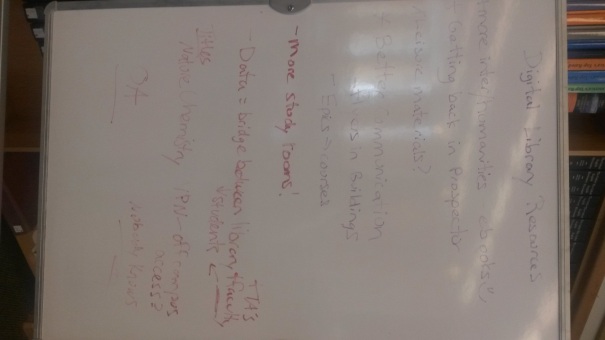
Anna Seiffert introduction to the topic:
- 90% of our collections budget goes to electronic resources (e-resources)
- 119K e-journals, just 20K in print
- 180K e-books; a bit more in print
- Overall 3:1 e-resources : print resources
- Shift to e-resources
- Introduces Libguides (new, multimedia friendly research guides
- Introduces Browzine (new user-friendly tool for browsing and reading e-journals
Question: What does “shift” mean. Answer: transition away from print resources to e-resources
Student: Can we get more books or e-resources that are not just hard science? Had a specific desire for a book on how economics shape science. An interdisciplinary title. Scholarly journal reviewed and discussed the book, but Arthur Lakes didn’t have it. Realized most materials in the library are hard STEM vs. interdisciplinary. Need “soft” titles as well.
- Discussed how to recommend new titles
- Discussed how to use ILL
- Discussed possible return of Prospector for in-state resource sharing
- Discussed patron-driven acquisition models
- Carol asked if the student was interested in leisure reading materials. Answer: Not so much.
Student: I thought it was odd that we didn’t have this particular title. “Looked into ILL but we’re not a part of it – she meant Prospector – and it would be great if we could rejoin.
Student: I agree with the shift to more e-resources, but the library needs to do better job of communicating resources to students. He only knows about Mango, and that’s because of the posters. We should similarly market other resources that are just as useful. He doesn’t know what other e-resources we have.
- We asked: What is the best way to reach students? Answer: Visually (e.g., posters). Not all students come to the library, so posters and fliers in other buildings. It helps make the library “not too imposing”.
Student: In EPICS 1 and 2, and in other classes, we usually focus on just one type of resource (e.g., articles). I thought we could just use Google Scholar and bypass the library. It would be helpful to have a list of resources for that class – a resource guide.
- Pointed out the new research guides
Same student: I transferred in from a community college –
Same student: I transferred to Mines from a community college that was smaller than Mines. The community college had a smaller library but way more study rooms, more open space. The library was more of a study place but also a group place for collaborating. It had no “twisty, ducking”…it was an open and brighter space.
USGS question: Does the front page library search tool cover all 267 databases?
- Answer: Most but not all. It’s getting better all the time.
USGS question: Is the interoperability of different library resources improving?
Answer: Yes, Primo helps to integrate resources. Our institutional repository is now searchable. Getting better all the time
USGS question: Is our current platform open source?
Student question: In chemical engineering, we use a lot of data. Physical property data is more important to chemical engineering students.
- Ye shows that we have a libguide page on property data. Also shows subject guides in chemistry and chemical engineering with property books, data, etc.
Comment: Some kind of communication bridge between librarian and faculty members would probably help use of e-resource. He heard about a website from his professor and used it but didn’t know this (library resource guides) existed. The department doesn’t direct student to library but to external sources instead, but perhaps that’s just a problem with that department
- Thought: More instruction, better faculty communication needed
Student: I have used these guides, but TA’s just say to Google it.
- Thought: We need to connect with the TA’s. Need TA training.
Student: But the problem also lies with students. Students are stubborn too.
- Thought: Resources need to be easier to access and use.
- Anna: Our resources do connect with Google scholar
Anna: She hears the feedback that we need more interdisciplinary titles, but she isn’t getting any recommendations/suggestions for specific Why – is it because people think we can’t afford the titles? Or is it that they don’t know they can ask?
- Student: Okay, here’s a specific journal I’d like: Nature Chemistry. Our department publishes in it frequently yet we can’t look it up online
- Anna: We only subscribe to 3 of the 27 Nature titles. They’re extraordinary expensive and they don’t negotiate. Budget issue.
Student: In terms of reaching out, you need to consider which student body is more likely to use a resource. I think many are more applicable to graduate students, 90% of them could use these, but not as many undergrads will.
- Brianna has an EPICS research guide geared towards undergrads, with broader subjects.
Undergrad: I didn’t have much need for library research as an undergrad, mostly textbook recommendations.
- Discussion on need for textbooks
- Paul Martin: The number of available textbooks will increase as open access electronic becomes more important
- Library: We promote open education resources (OER) in a STEM libgude
- Student: Are some textbooks available? This is biggest complaint from students. If they are available for free, most don’t know that…
- Paul: Students need to be communicating this. Do you want e-book textbooks?
- Student: If free, yes! Even if they are biased towards print, free is better.
- Question: Are there areas other than textbooks where print is preferred over e-resources? Discussion of reference resources.
Carol: Do you ever have trouble accessing library resources off-campus?
- Answer is a resounding YES.
- Student: The VPN is a problem. We were taught how to use VPN in EPICS. Taught how to use it to get Z drive. But sometimes if using Chrome doesn’t work, you have to turn to a different browser. Why is that? Is it a wifi issue? You have to know that you have to be on the VPN to use the library resources. And it doesn’t always work, especially after campus got a new VPN. It was confusing at the beginning as a new student. Had to download the VPN software many, many times.
- Anna: And if switching between multiple devices, have to have VPN software on all devices
- Question: What’s a VPN?
- E-learning tab with library resources discussion
- Question: Is the library going to be included in Shibboleth login?
- Answer: We use it for back-end library work, so we do some interfacing with Shibboleth. But it’s not universally enabled across our resources. It’s individual at the point of each resource, so not a broad solution for user authentication.
Question: Regarding media types: do you have statistics on how much text resources are accessed vs. newer information formats such as audio and video delivery. Are you seeing a shift?
- Anna demonstrates streaming media options JOVE and Kanopy
- Question: is there a shift to this?
Excellent further discussion about open access, and about library’s role in assisting authors (e.g., copyright).



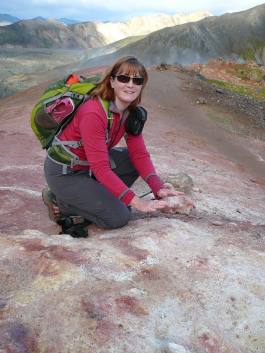 Happy February, all! Much is afoot at the Arthur Lakes Library:
Happy February, all! Much is afoot at the Arthur Lakes Library:
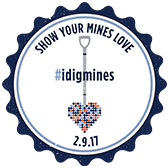 February 9 is #idigmines Giving Day, a 24-hour fundraising event that lets you demonstrate your support for the campus causes you care about most. We encourage all to visit the Arthur Lakes Library’s
February 9 is #idigmines Giving Day, a 24-hour fundraising event that lets you demonstrate your support for the campus causes you care about most. We encourage all to visit the Arthur Lakes Library’s 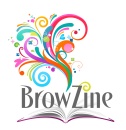 vorite e-journals into customized virtual bookshelves, be alerted to new issues, save articles, and read e-journals in a user-friendly environment. To learn more and get started, visit our guide at
vorite e-journals into customized virtual bookshelves, be alerted to new issues, save articles, and read e-journals in a user-friendly environment. To learn more and get started, visit our guide at 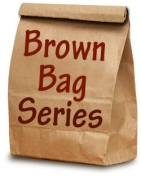 lunches. The sessions have been well attended and we are gathering remarkable insights into how the library can better serve our users, insights that are supporting the development of a strategic plan and are informing plans for a renovated and rejuvenated physical library. These brown bag sessions take place each Wednesday at noon in the Boettcher Room of the library through March 1.
lunches. The sessions have been well attended and we are gathering remarkable insights into how the library can better serve our users, insights that are supporting the development of a strategic plan and are informing plans for a renovated and rejuvenated physical library. These brown bag sessions take place each Wednesday at noon in the Boettcher Room of the library through March 1. 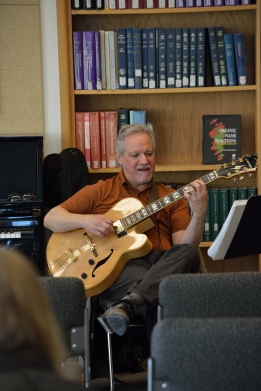

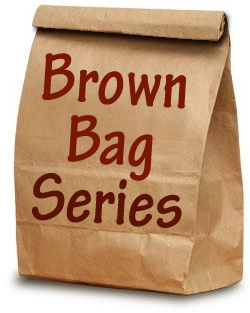


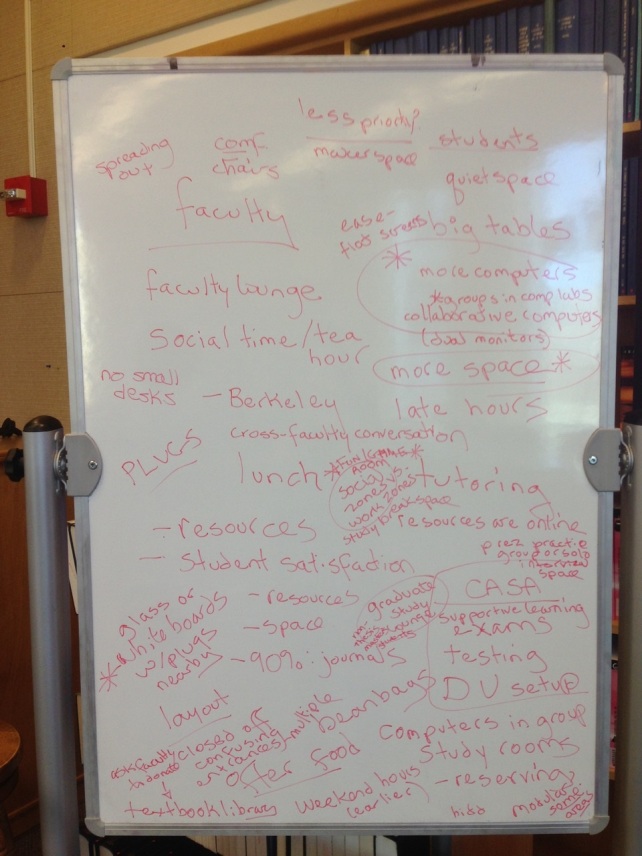

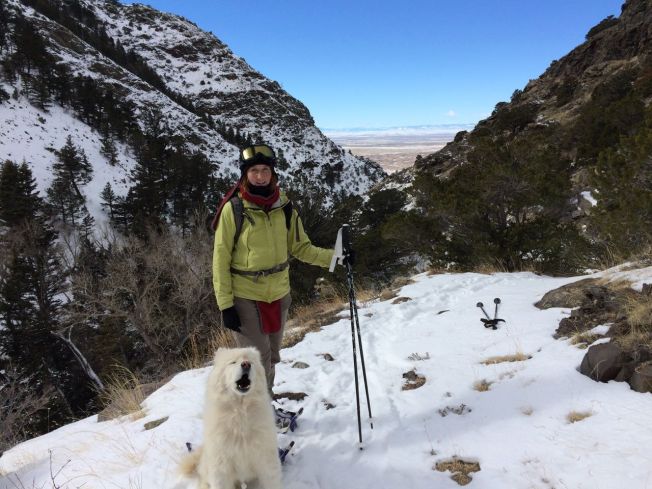
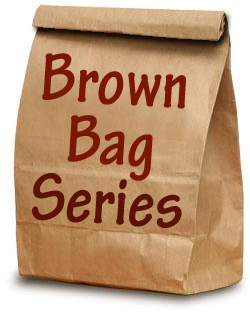
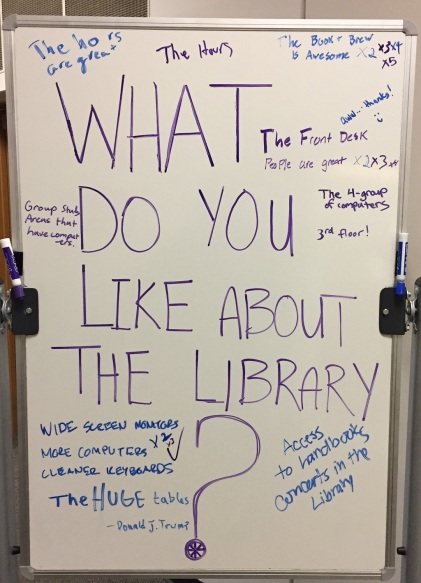
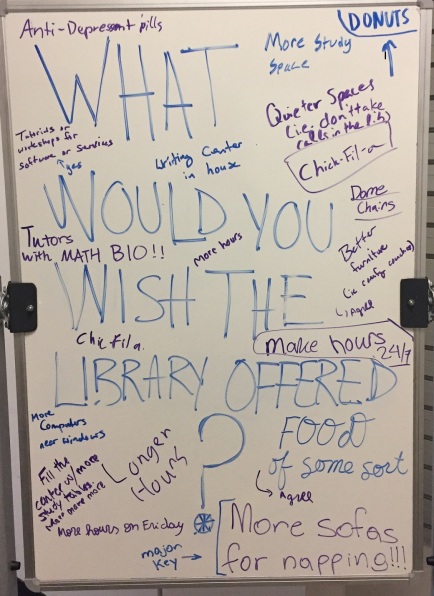
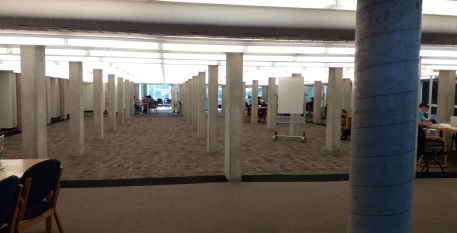
You must be logged in to post a comment.